Waste & material traceability solution for sustainable facilities
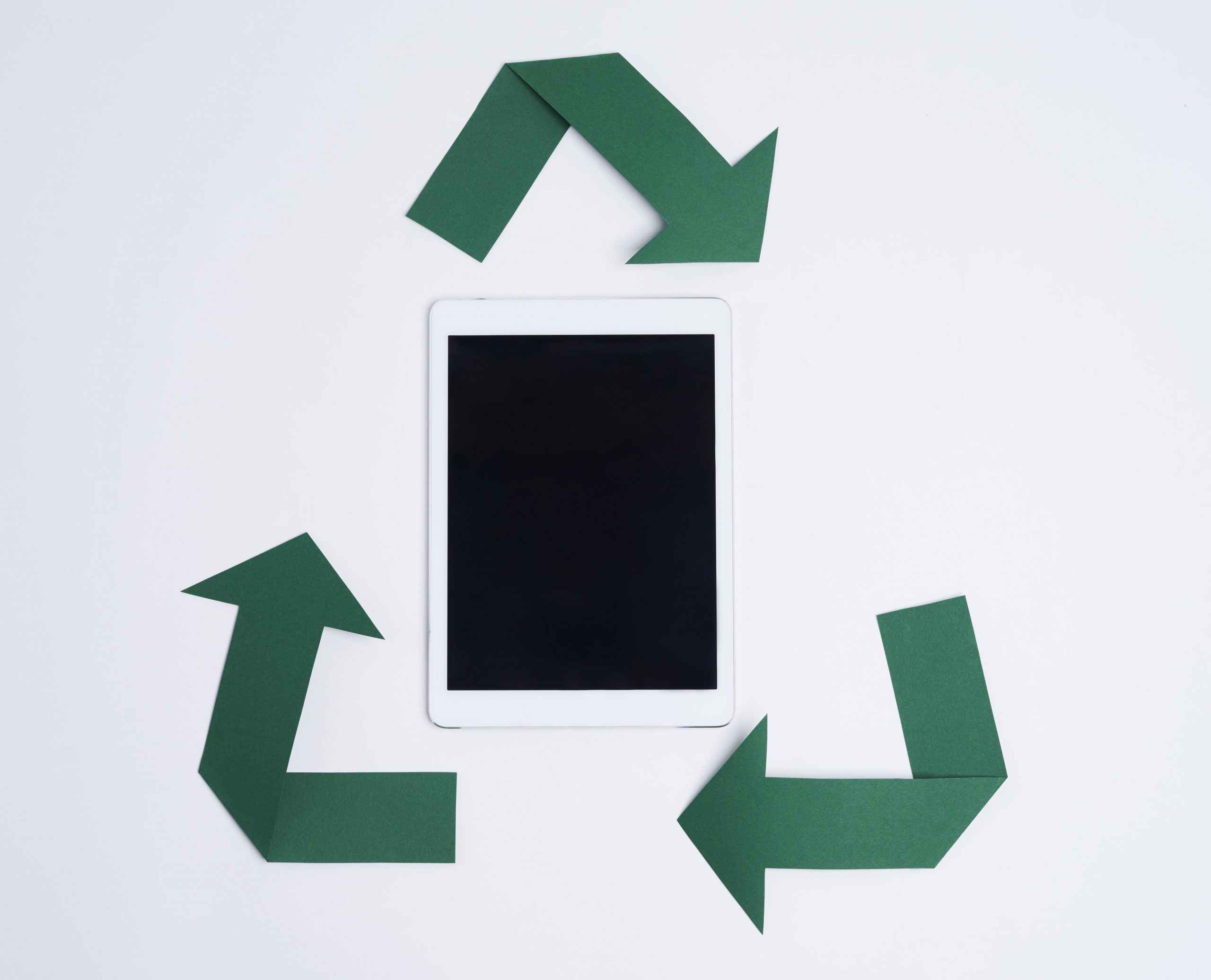
Electronic waste, one of today’s burning waste management issues, is misunderstood by the public in many respects. Let’s fix these mistakes and see how we can turn this problem into a helpful resource solution with hi-tech!
Electronic device usage is increasing rapidly day by day, especially the common online usage of online platforms during the pandemic. So does electronic waste! Everyone contributes to this growing pile of e-waste in some way or another.
Electronic waste or e-waste is the unusable electronic products that are either broken, undesired, or at the end of their lifespan. The lucky part is its reuse, electronic wastes can be recycled and the materials can be reused in different products.
The worst part is its toxic ingredients! Toxic chemicals in e-waste become hazardous waste and pollute the environment and human health. In the case of efficient e-waste management and recycling, there are profits in every aspect rather than poisoning. Because these wastes also contain precious metals such as gold!
However, only 17.4% of e-waste discarded in 2019 was recycled and following years changed almost nothing. When considered, it is evident that this percentage is very deficient and endangers the planet.
Across countries, categories can differentiate. Still, electronic waste can mainly be categorized into eight different categories:
So, let’s examine e-waste recycling steps!
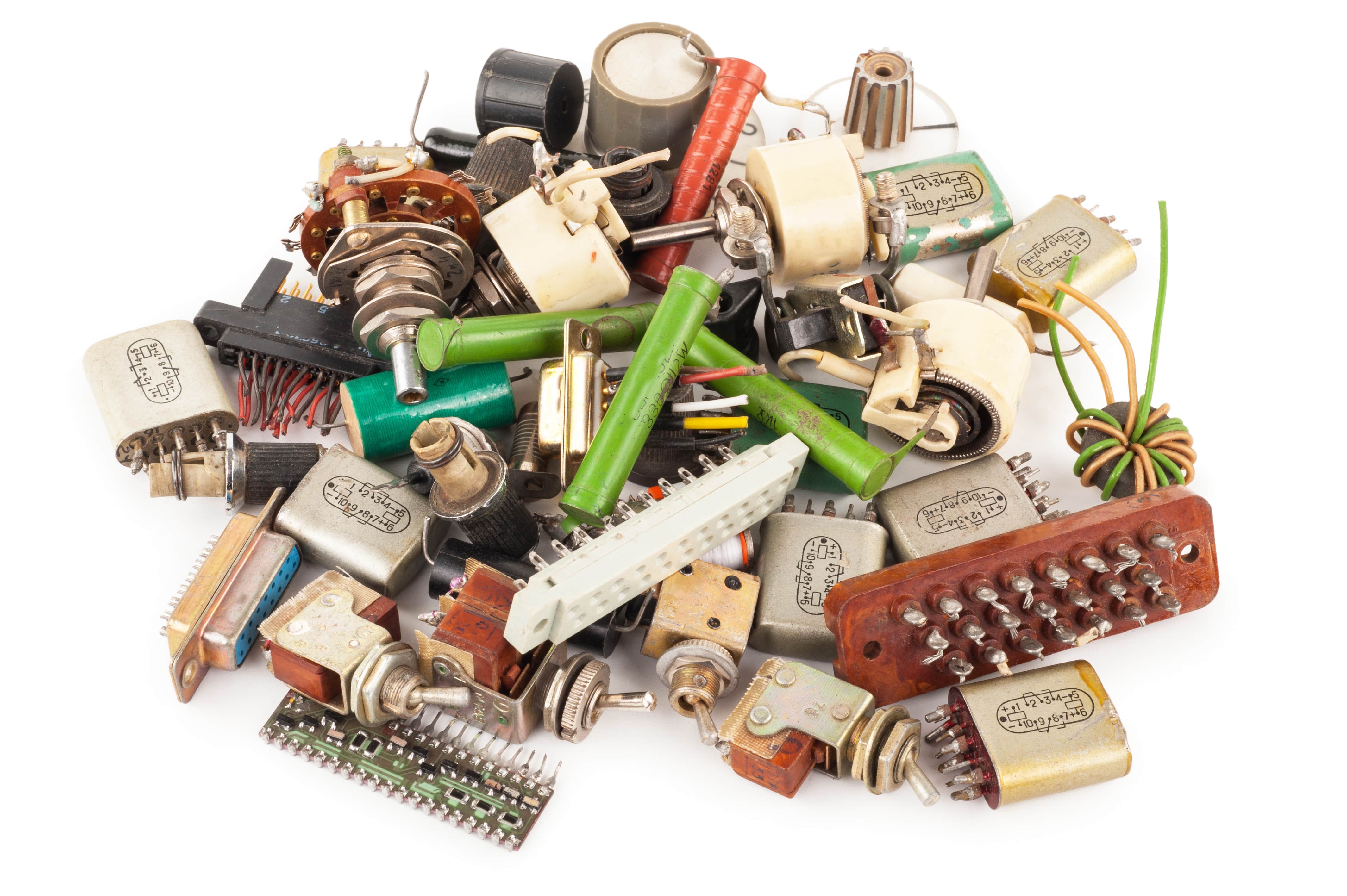
The reprocessing and re-use of electronic wastes are referred to as e-waste recycling or Waste Electrical and Electronic Equipment (WEEE) recycling. In other words, it’s a method for recovering usable materials and sterilizing harmful ones from electronic waste. In a circular thought, you can use recycled materials in new electronic items this way. Nothing can be lost, like in nature!
Do you know that around the world 90% of electronic waste is going to be thrown away, burned, or illegally traded? Beyond this loss, electronic waste contains chemicals like mercury, lead, beryllium, and cadmium threats to people’s health and the environment’s healthy functioning. When electronics manage poorly during the disposal process, then these chemicals are concluded in our planet’s soil, water, and air.
Then, how many tons of e-waste is generated each year? The amount is almost 52.2 million metric tonnes by 2021, and that amount of electronic waste stands for the weight of nearly 4,500 Eiffel towers. Also, it keeps growing! Imagine its damage to the Earth in case of inefficient disposal and recycling.
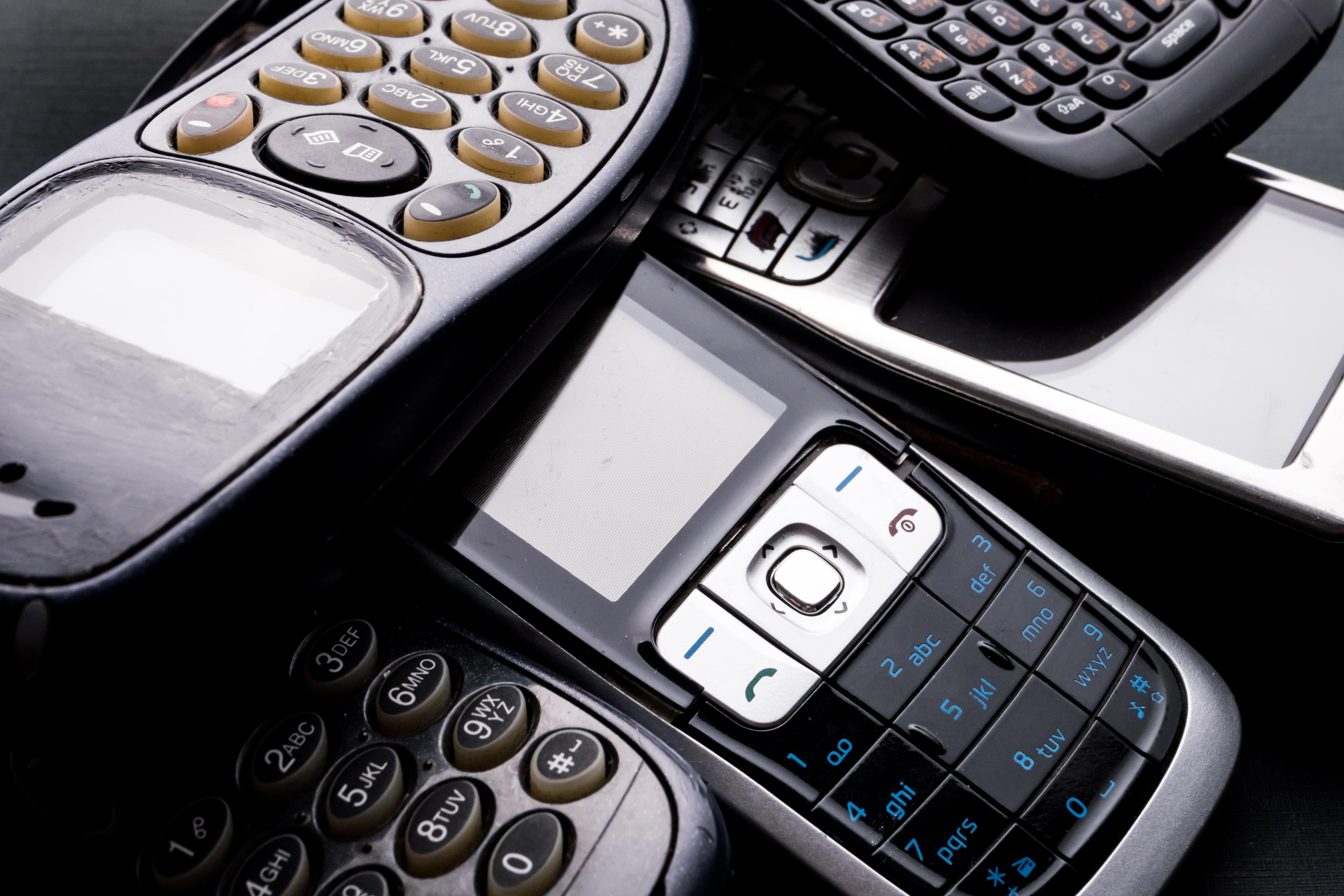
For the sake of nature 90% of electronic waste globally is so dangerous. That’s why we need to learn how to dispose of our electronic waste. Also, learning the waste recycling process for your business is crucial.
Obviously, most countries have difficulties managing their electronic waste. However, some unique and successful examples from the world are valuable.
In Switzerland, authorities collect their electronic waste and recycle 75% of it. With proper collection and recycling, e-waste management in Switzerland has a great success, especially in asset management. Of course, this success cannot be achieved without citizen participation in waste management. Due to seamless engagement between all parties, there is a strong recycling culture within Switzerland a significant example.
In the Tokyo Olympics, Japan has become a role model in electronic waste management. Japan wanted to take attention to the importance of recycling in the subject of waste management. This purpose’s most exact result is the Medal Project, which aims to create all the Olympic Medals of the Tokyo 2020 Olympics from recycled electronic waste. Authorities used all kinds of recyclable e-waste in Japan, such as cell phones. Accordingly, they created the Tokyo 2020 Olympics medals from recycled electronic waste, giving a crucial message to the world with e-waste management in Japan. Let’s move on to the countries that chose Evreka for e-waste management.
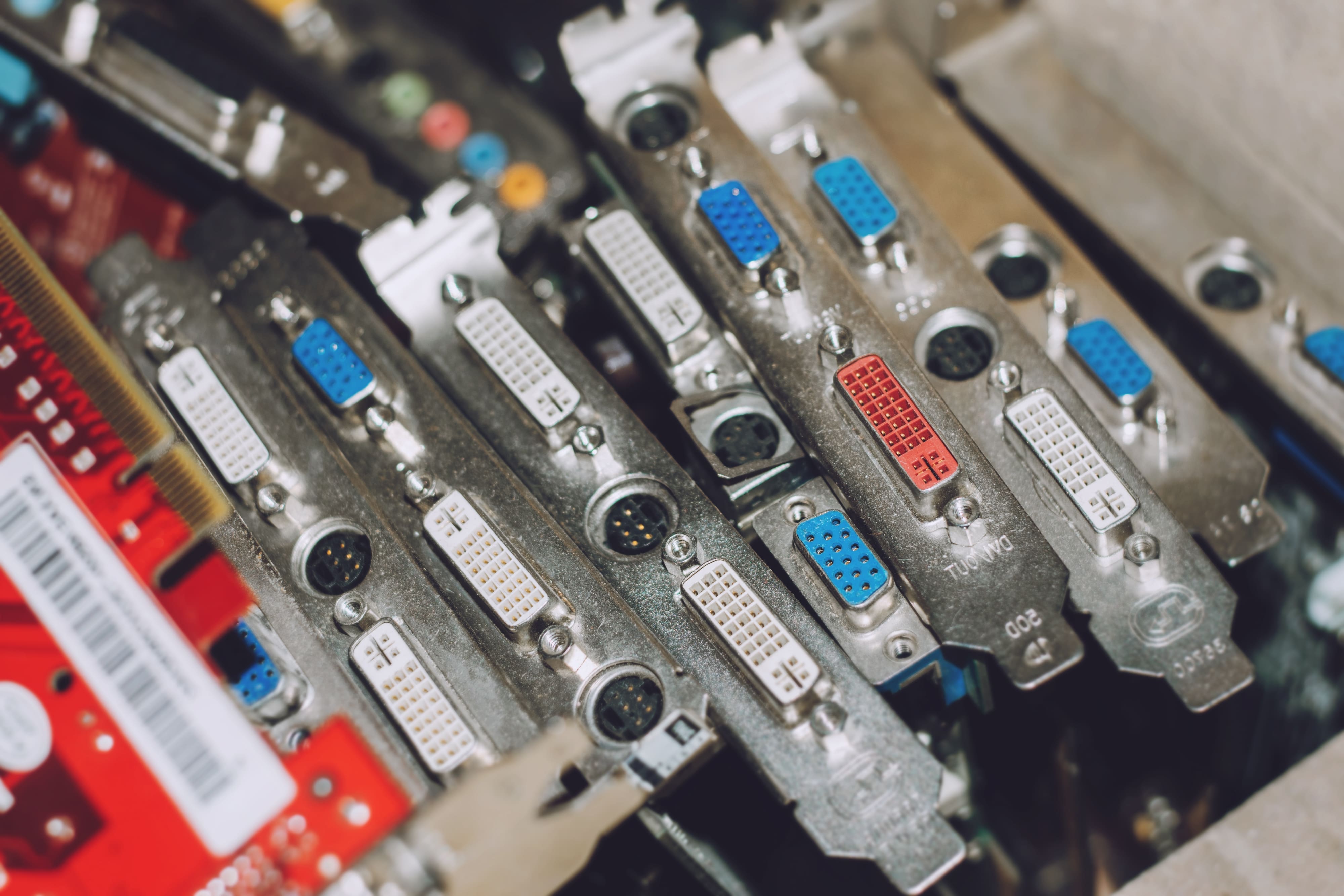
Another example is Singapore, which recycles a large proportion of its electronic waste. Their success’s foundation is adapting the latest technologies in waste management solutions. Besides, they do this with Evreka! From July 2021, we manage all e-waste in Singapore with our partner ALBA Singapore. One of the greatest examples of hi-tech in e-waste recycling and disposal in Singapore is RFID technology (radio-frequency identification system). So, it is easy to track waste trucks and improves efficiency. Another instance of the latest technology in waste management is the Materials Recovery Facility (MRF), which increases the efficiency of your waste management.
Furthermore, Malaysia will utilize Evreka solutions in its electronic waste disposal. As Evreka, we ensure efficiency and improvement in the quality of e-waste disposal in Malaysia. With our best-of-suite and best-of-breed software and hardware solutions, it is effortless for your business to manage your electronic waste. Still, one question is waiting for an answer: What can you do about e-waste individually?
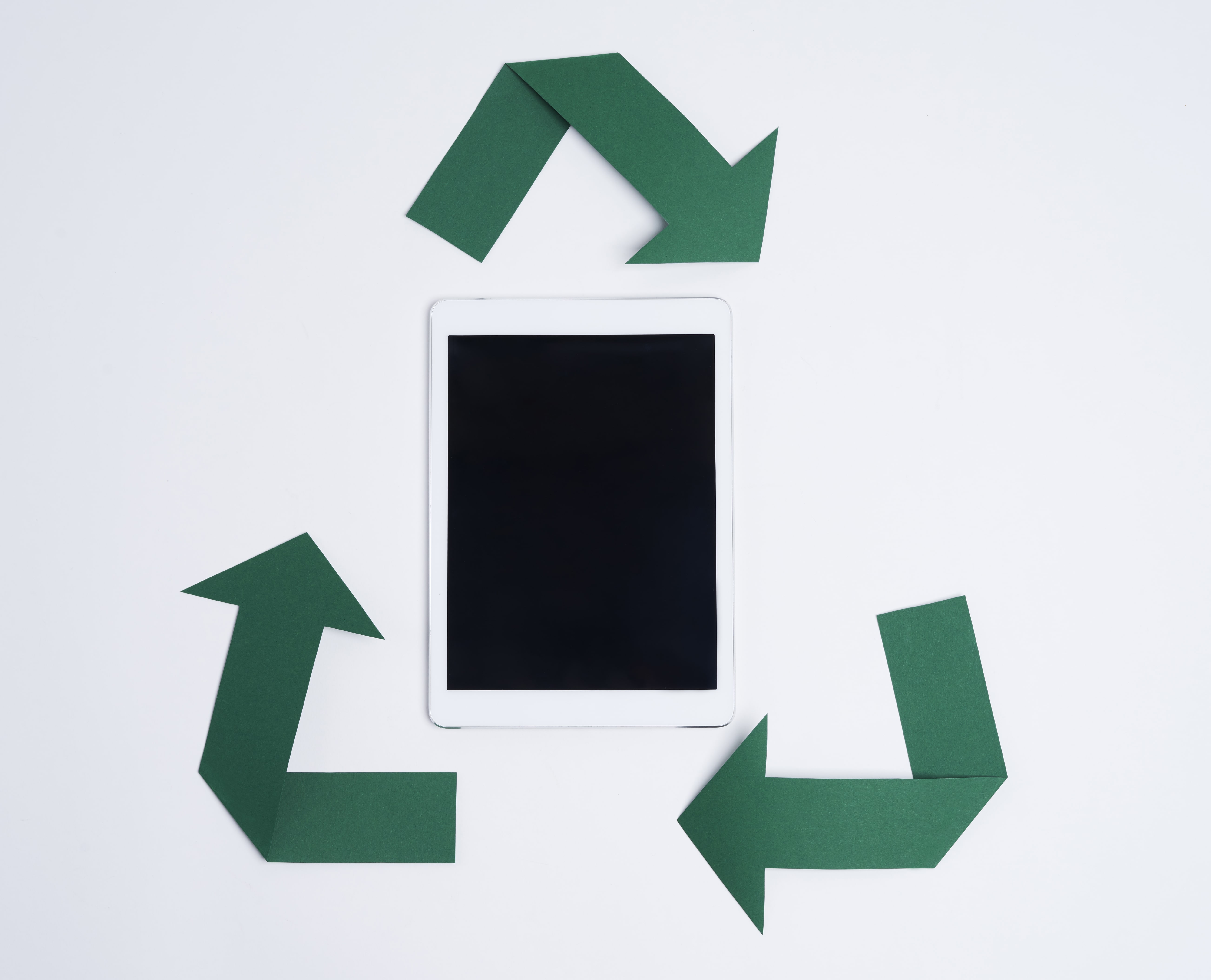
Electronic waste recycling has a valuable role in our steps globally for a better future. Singapore, Switzerland, and Malaysia are the leading countries for adequate electronic waste disposal. Hopefully, in the near future, 100% of electronic waste will be recycled in light of this hi-tech usage with new policies, such as Extended Producer Responsibility (EPR) and pay-as-you-throw (PAYT), in other words, Diftar solutions. Due to the “polluter pays” principle, anyone can:
After acknowledging the importance of managing e-waste, If you are asking yourself about efficient recycling methods, then your answer is Evreka! As a global waste management company, we offer customizable and ever-developing solutions with every detail and option:
You can make use of Operations Management or Route Optimization in your business for sustainable growth with maximum profit. You will see after the demo, It is effortless to adapt to the system with quick onboarding time and dynamic technical support! The steps you can take for efficient electronic waste disposal with Evreka are designed meticulously for all stakeholders, from citizens to government authorities.
Nothing will be left to chance! Today, choose Evreka in your e-waste recycling center management and meet with the best. For further information and your questions contact us or request a demo!